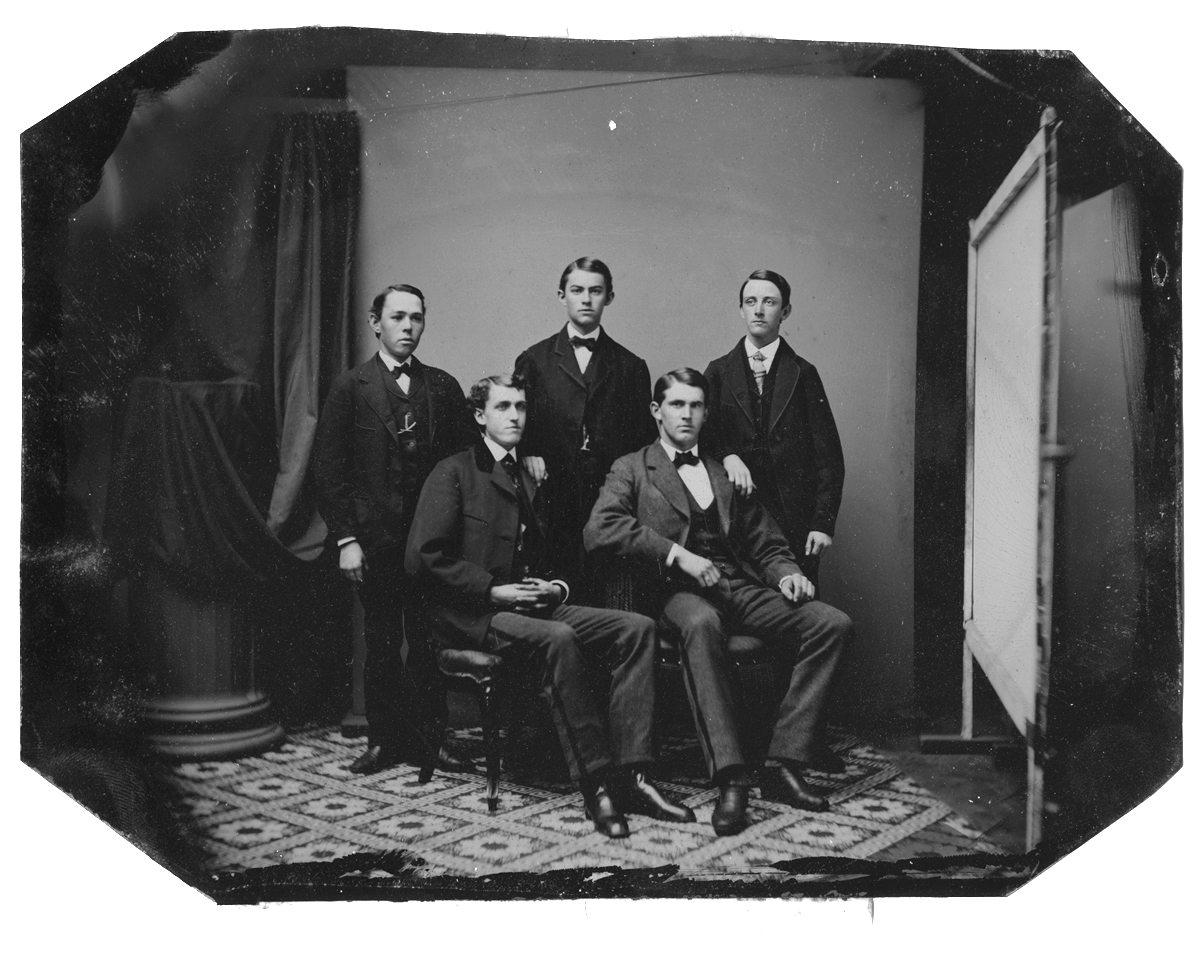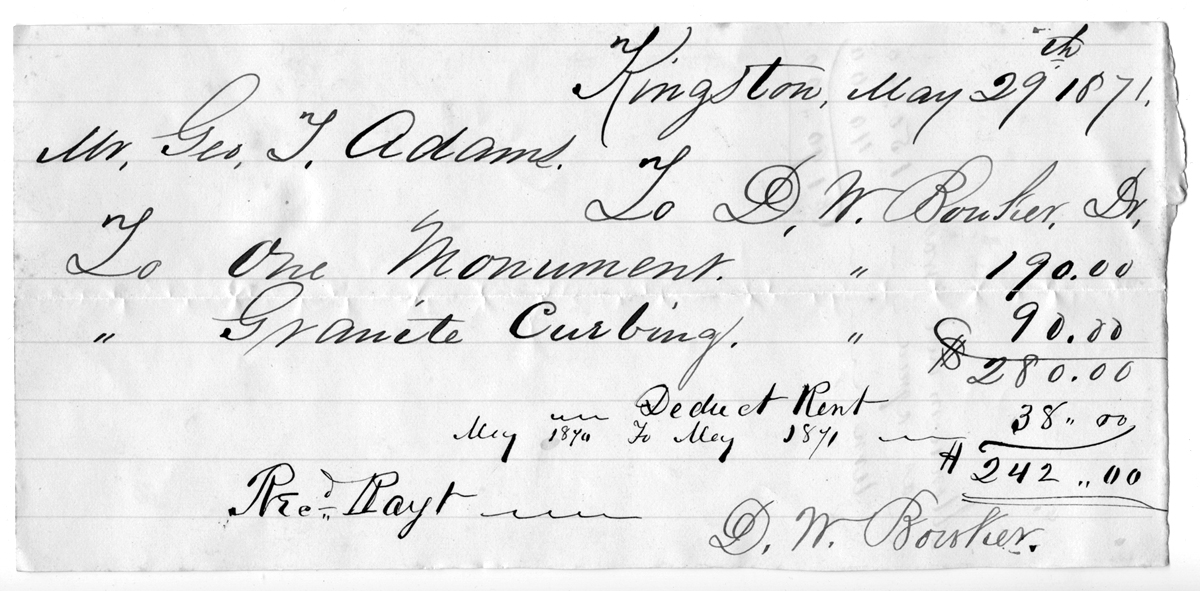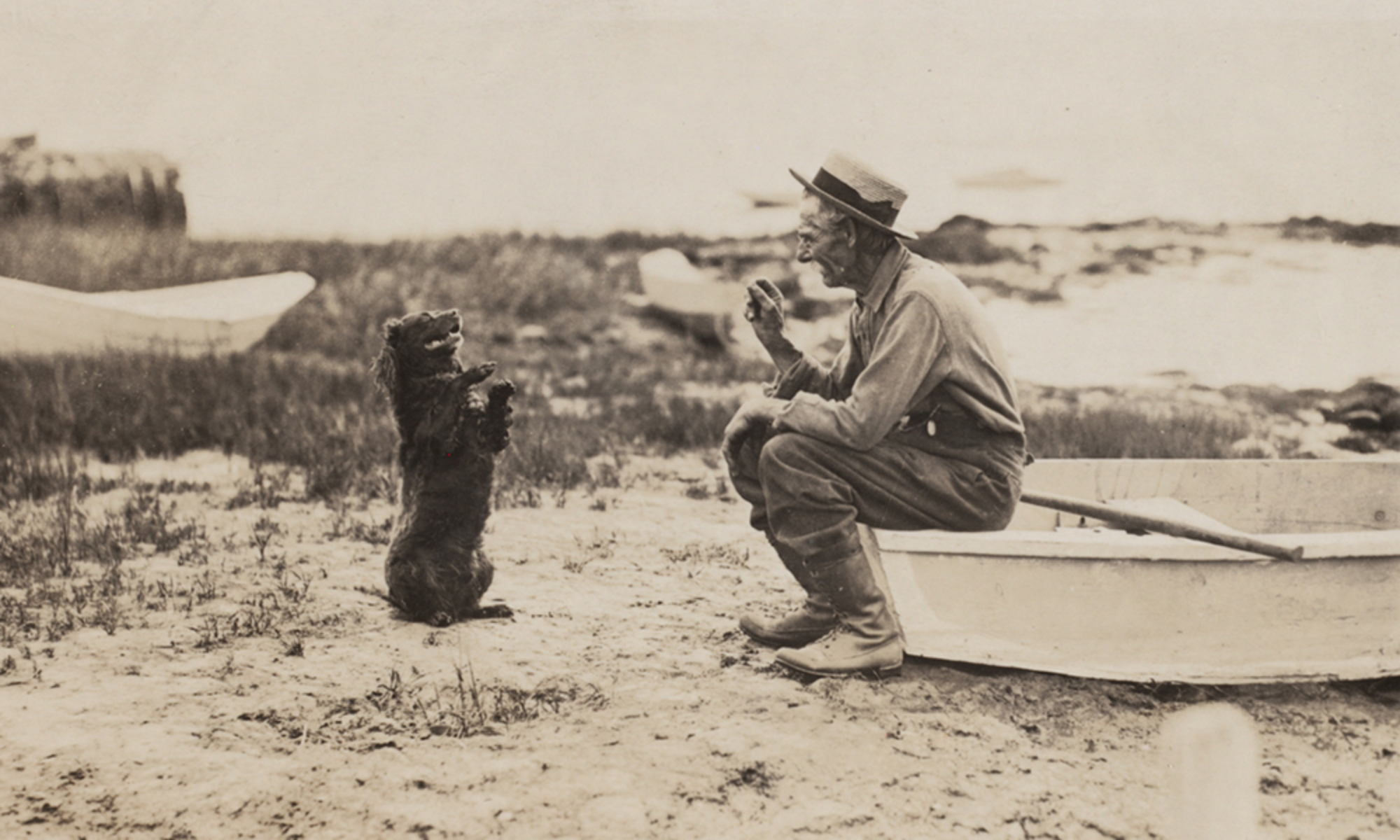Looking for tax-related documents for an upcoming exhibit today, I found death instead (or perhaps it found me?), in a small, but heart-breaking moment from the past.
![Horatio My Son, Brady began to change about the time you left. I sent up for Dr. Jones about 6 -- he has been [unconscious?] since[.] I sent Fred immediately to Plymo [Plymouth] for the Dr. and am expecting him every moment but it is of no use for he is rapidly passing away. You can come down or not -- It will be finished before another Sun. Father & Mother Note to Horatio from Father and Mother, October 1870 (date supplied)](https://www.kplma.org/pique/wp-content/uploads/2011/03/doc-11-0007-mc23.jpg)

In this group portrait, Bradford sits at right and his older brother Wendell — more formally George Wendell — stands at center. Sadly, Wendell had died just weeks before Bradford of the same disease.
A third Kingston teenager, 17 year old Clara Winsor, had also died of typhoid fever that fall, but beyond these deaths, Kingston was spared an epidemic. Through the 1860s and 1870s, outbreaks of typhoid fever struck around the world, particularly in densely populated and rapidly industrializing areas. By 1884, the bacteria that caused the disease was identified and over the next two decades, effective vaccines were developed.

But in the spring of 1871, George T. Adams added a new stone to the family plot in Evergreen Cemetery, most likely for his two boys.
Sources: MC-21 Hathaway Collection; MC-23 Helen Adams Collection; Town Clerk’s Report, 1870; Wikipedia article on typhoid.
